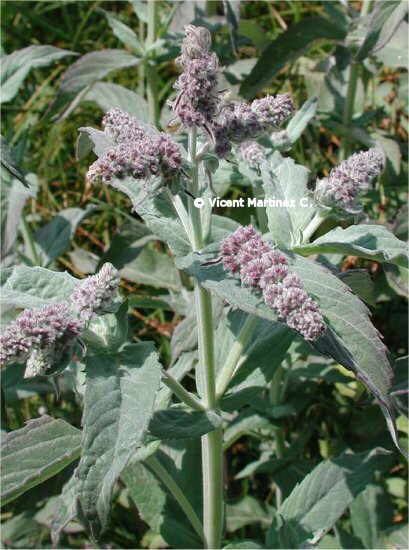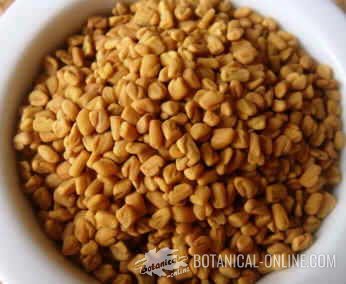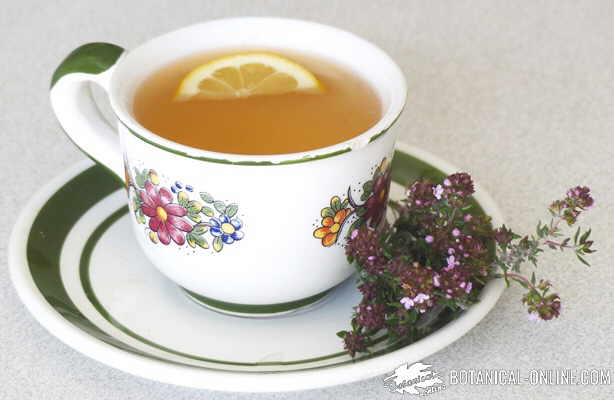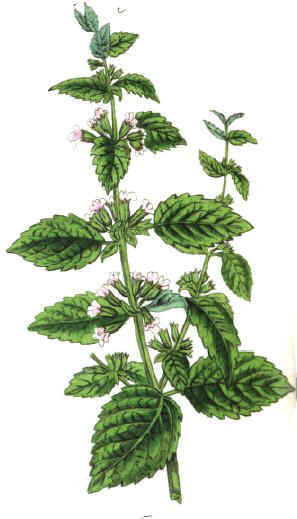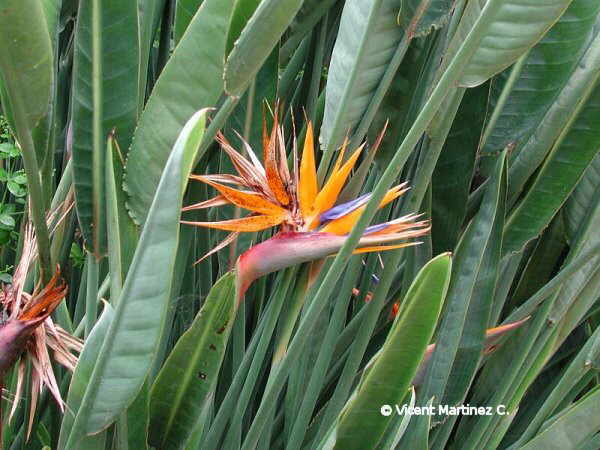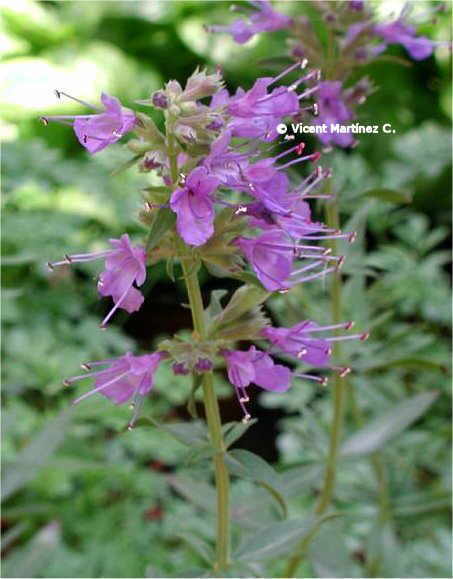Contents
- 1 Composition of garlic and its active or medicinal ingredients
- 1.1 What are the medicinal principles of garlic?
- 1.2 Stir-fried garlic has no medicinal properties
- 1.3 How to consume garlic so that it is medicinal?
- 1.4 How are allicin and ajoene formed?
- 1.5 What causes the spicy taste of garlic?
- 1.6 How much allicin does garlic contain?
- 1.7 How is it best to eat garlic to have its properties?
- 1.8 Other medicinal components of garlic
- 1.9 Composition of garlic and its medicinal principles
- 1.10 Nutritional value and nutritional composition of garlic
Composition of garlic and its active or medicinal ingredients
Garlic (Allium sativum L.) is one of the most used plants since ancient times, both in cooking and in natural medicine. Galen referred to him as “the cure-all.” The medicinal part of the plant is the garlic bulbils or garlic cloves.
What are the medicinal principles of garlic?
The medicinal principles of garlic are mainly ajoene and allicin, with properties to reduce cholesterol, hypertension, improve circulation, diuretic, antiseptic, anti-inflammatory and antioxidant. It also contains other vitamins,
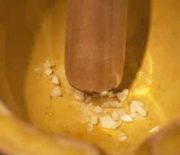
flavonoids and nutrients that add to these benefits.
Stir-fried garlic has no medicinal properties
Stir-fried or cooked garlic does not have these medicinal properties. It only gives flavor, because at the cooking temperature, ajoene and allicin have been destroyed. They do contain other sulfur derivatives that provide aroma.
How to consume garlic so that it is medicinal?
The medicinal principles of garlic have a very important peculiarity, and which is that they are not found in the whole garlic. Allicin and ajoene are formed in the food during its preparation.
For the medicinal principles of garlic to be formed, it must be crushed raw and wait a few minutes to allow the enzyme allinase to act, which will form allicin and ajoene. Then you can eat the garlic raw or cooked at temperatures that are not too high (creams, soups, purees,…).
How are allicin and ajoene formed?
When raw garlic is crushed, the cellular structures are broken down and chemical reactions occur that will eventually release allicin and ajoene, the medicinal principles of garlic.
Allicin and ajoene are formed by the action of the enzyme allinase on the sulfur amino acid alliin (allylcysteine sulfoxide).
What causes the spicy taste of garlic?
Alliin is odorless, but the components formed from it, which are allicin and ajoene, have a burning and pungent flavor, and also antioxidant, antiseptic and anticancer properties.
How much allicin does garlic contain?
It has been estimated that garlic contains between 4 and 12 mg of alliin per gram. Approximately 2.5 – 5 mcg of alliin is converted to allicin. Therefore, approximately two cloves of garlic (10g) contain 0.4 – 1.2 g of allicin and up to 6 mcg of alliin.
How is it best to eat garlic to have its properties?
For these principles to be formed, you must crush the raw garlic and wait a few minutes to let the allinase enzyme act. It is then eaten raw or lightly cooked at temperatures that are not too high.
Cooking destroys these principles, so the sautéed garlic loses these medicinal components and its properties. These components are partially preserved in raw garlic or vegetable creams.
When garlic is crushed, alliinase (enzyme) and contact with oxygen degrade alliin, a sulfur amino acid in garlic. Alliin is transformed into allicin and ajoene, the active ingredients of garlic. (Ajoene is a product of the condensation of allicin).
Other medicinal components of garlic
In reality, the properties of garlic are due to a synergistic effect between all its components. It contains many other principles that intervene in its effect, which are the following:
– Quercetin: Both garlic and onions are foods very rich in flavonoids, especially quercetin (the foods richest in this component), with antiseptic, anti-inflammatory, anti-allergic, anti-arthritic and antioxidant properties.
– Essential oils, rich in sulfur compounds with antibiotic properties.
– Very rich in vitamin B6, necessary for the functioning of defenses.
– Fructosans: Fermentable fibers with a prebiotic effect to stimulate colon bacteria.
Composition of garlic and its medicinal principles
The complete composition of garlic is as follows:
- Raw garlic contains 70% water.
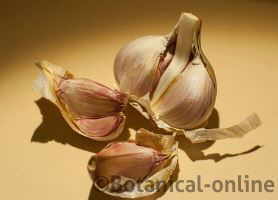
- Amino acids: Glutamine acid, arginine, aspartic acid, leucine, lysine, valine, etc.
- Alliin stands out, a sulfur amino acid (allylcysteine sulfoxide), which is transformed into allicin (diallyl disulfide) by the action of the alliinase enzyme and contact with oxygen, when raw garlic is crushed. Allicin is unstable and transforms into other substances such as ajoene. Allicin and ajoene are the main medicinal components of garlic (already discussed at the beginning of this article)
- Garlic also contains essential amino acids such as cysteine, leucine, lysine and valine.
- Essential oils (0.3%): It is mainly composed of sulfur compounds such as allyl disulfide (60%), allyl trisulfide (20%), allyl tetrasulfide (10%) and allylpropyl disulfide (6%); allyl vinyl sulfoxide, alkyl polysulfides, divinyl sulfide, citral, geraniol, myricetin.
- Fructosans: Fructosans represent 15% of the weight of raw garlic and 75% of dried garlic.
- Flavonoids: Quercetin, rutin, kaempferol, apigenin, chlorophyll
- Caffeic, ferulic, oleanolic, chlorogenic, salicylic, vanillic acid
- Allixin
- Vitamins: Garlic is very rich in vitamin B6. It also contains vitamin C and in smaller quantities: folic acid, pantothenic acid and niacin.
- Minerals: Mainly potassium, manganese, calcium and phosphorus; in smaller quantities: magnesium, selenium, sodium, iron, zinc and copper.
* Related information: Nutritional benefits of garlic
Nutritional value and nutritional composition of garlic
Composition of raw garlic (per 100 gr.) | |
| Water | 59 gr. |
| Calories | 149 kcal |
| Fats | 0.5 gr. |
| Carbohydrates | 33.07 gr. |
| Fiber | 2.1 gr. |
| Manganese | 1672 mg. |
| Potassium | 401 mg. |
| Sulphur | 70 mg |
| Calcium | 181 mg |
| Phosphorus | 153 mg. |
| Magnesium | 25 mg. |
| Sodium | 17 mg |
| Vitamin B6 | 1235 mg |
| Vitamin C | 31 mg. |
| Glutamic acid | 0. 805 g. |
| Arginine | 0, 634 g |
| Aspartic acid | 0, 489 g. |
| Leucine | 0, 308 g. |
| Lysine | 0, 273 g. |
Caption: ![]() = This indicates high content of this nutrient
= This indicates high content of this nutrient
![]() More information on garlic
More information on garlic

